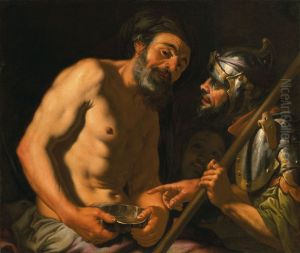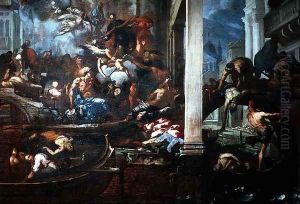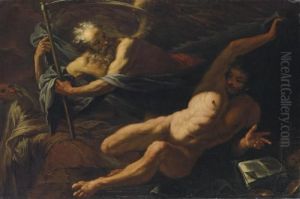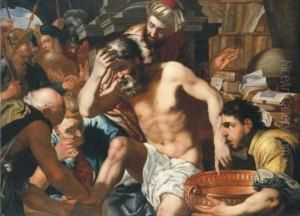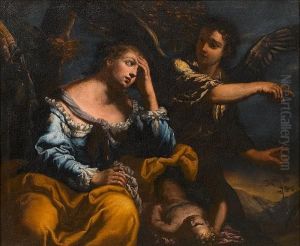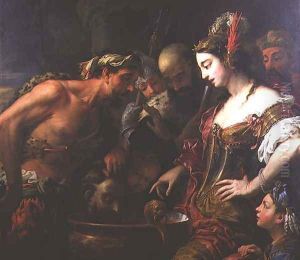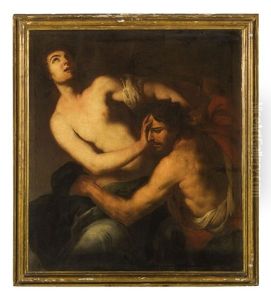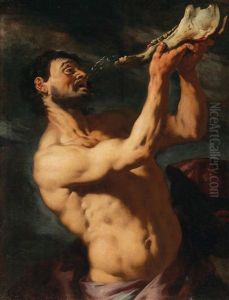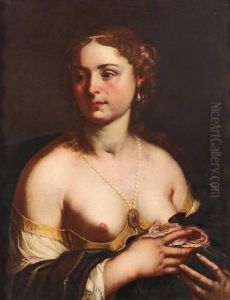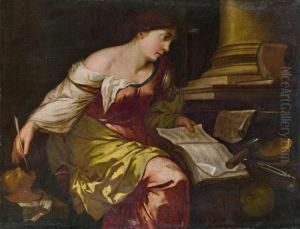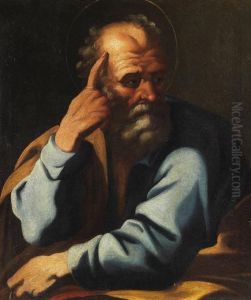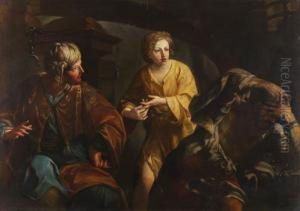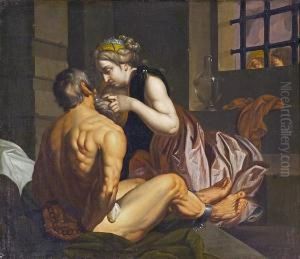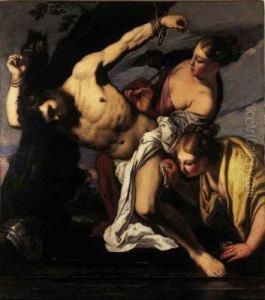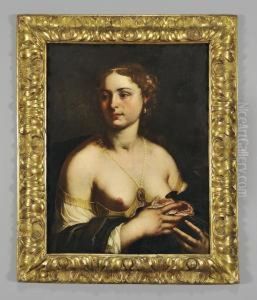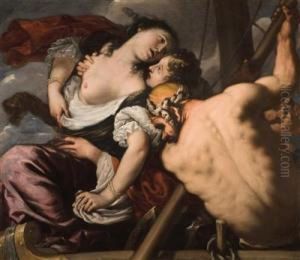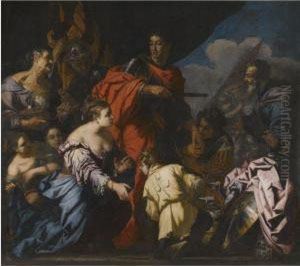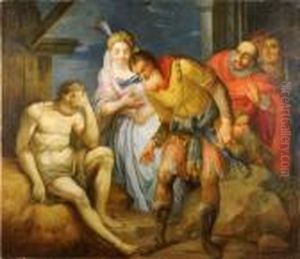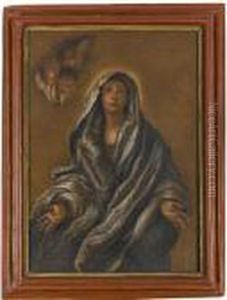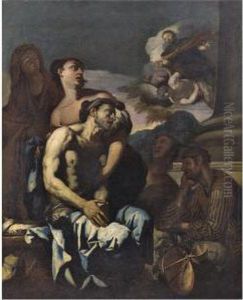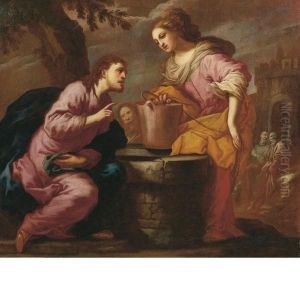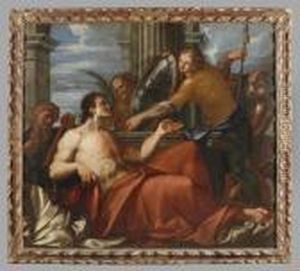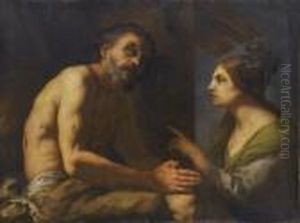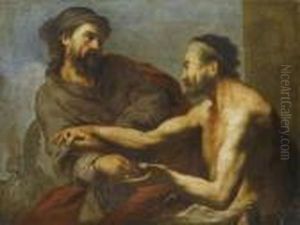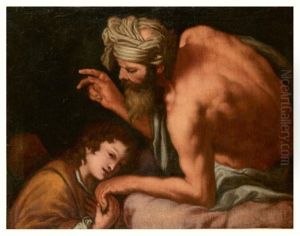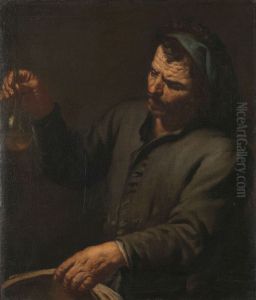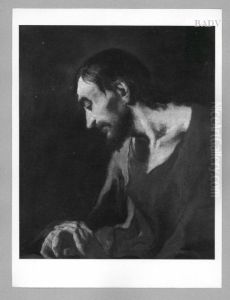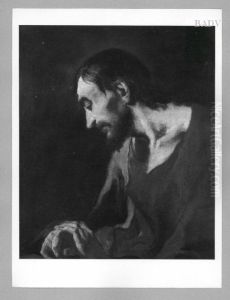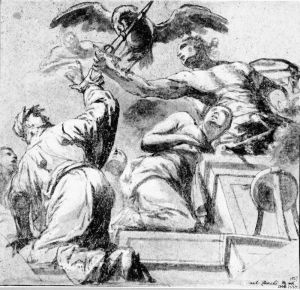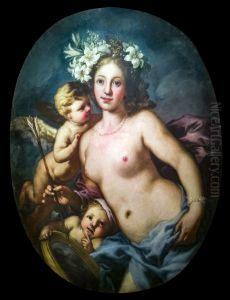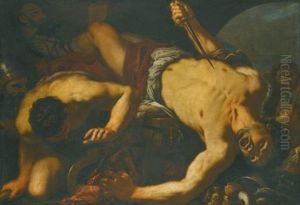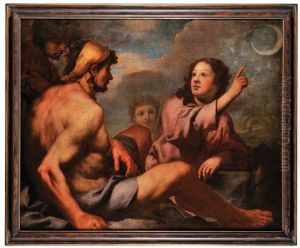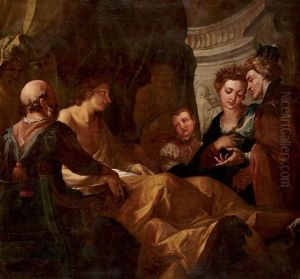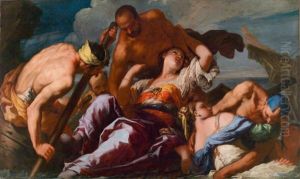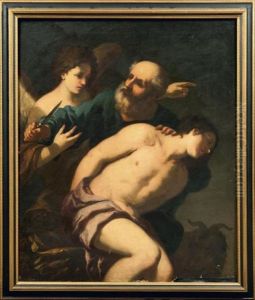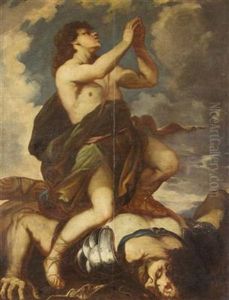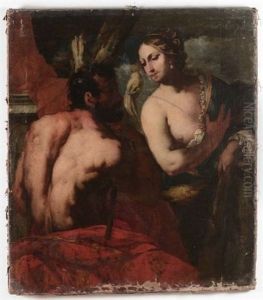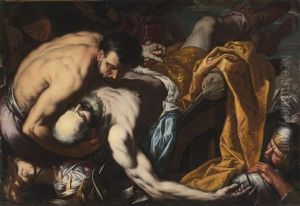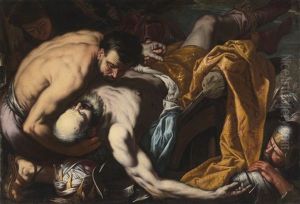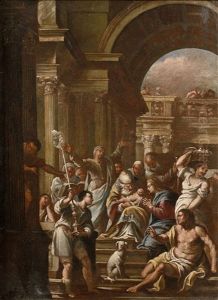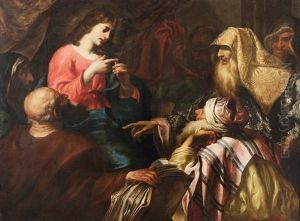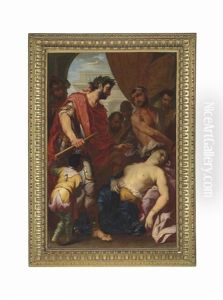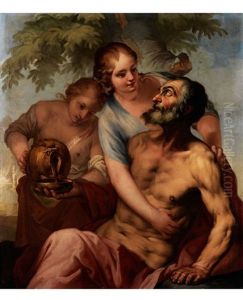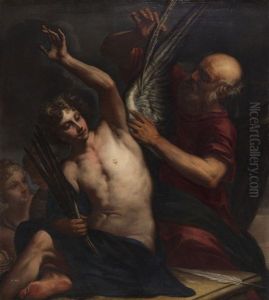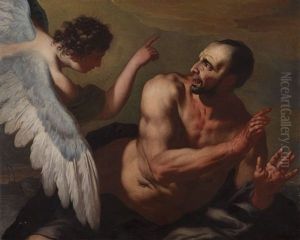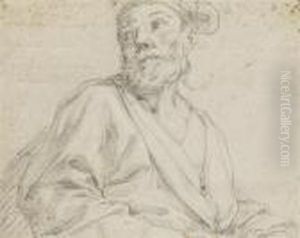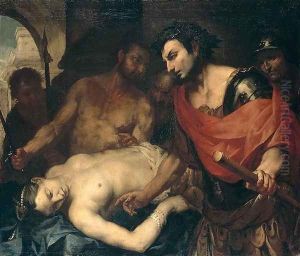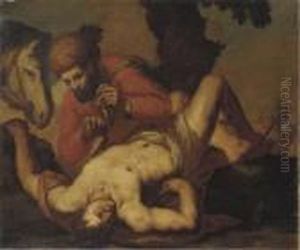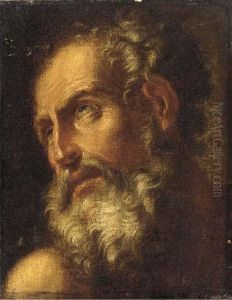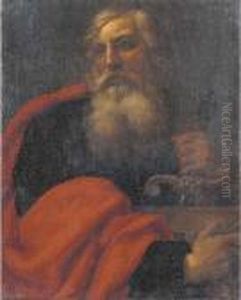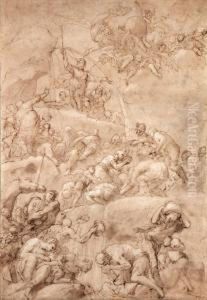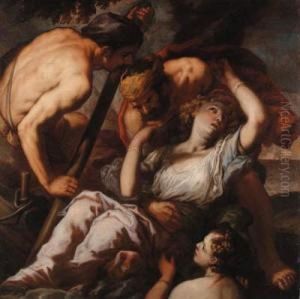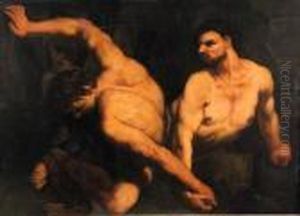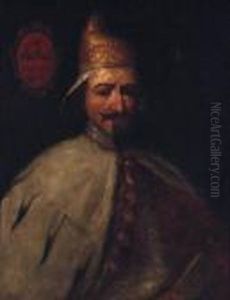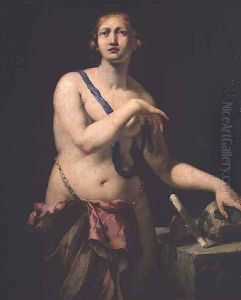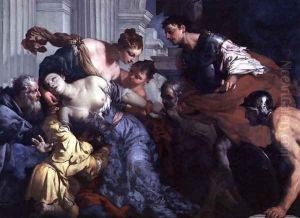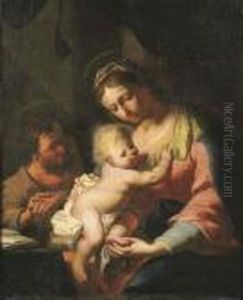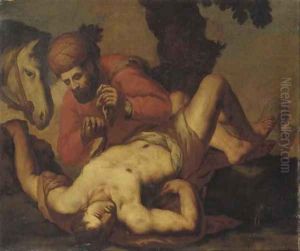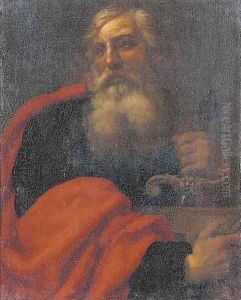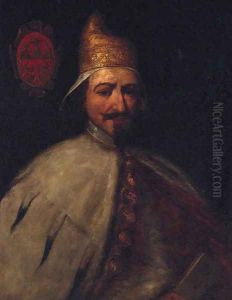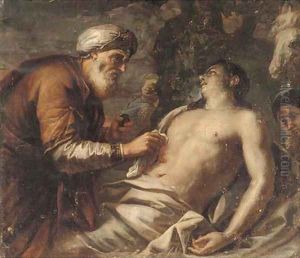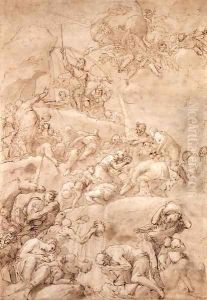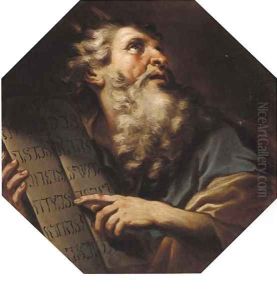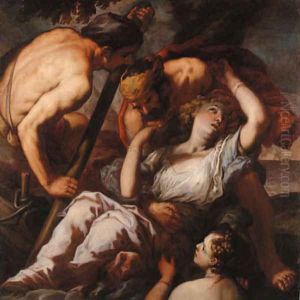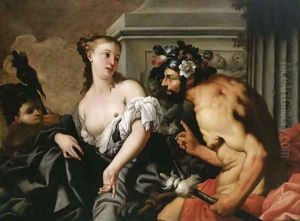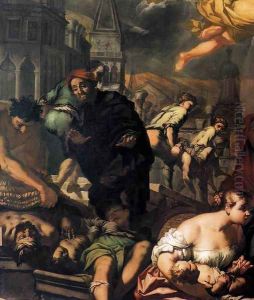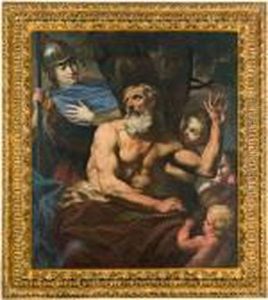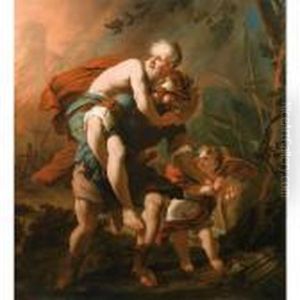Antonio Zanchi Paintings
Antonio Zanchi was an Italian painter of the Baroque era, born on December 6, 1631, in Este, a small town near Padua in the Veneto region of Italy. He is best known for his dramatic and emotive works, which often feature strong contrasts of light and shadow, a technique known as tenebrism that was popular among Baroque artists.
Zanchi received his initial art training in Venice, where he was a pupil of Francesco Ruschi and later Francesco Maffei. His early works were influenced by these masters and the prevailing Venetian style, characterized by rich color and expressive brushwork. However, Zanchi developed his own distinct style as he matured as an artist.
During the 1650s and 1660s, Zanchi's reputation grew, and he received commissions from various churches and confraternities. One of his most notable works from this period is the 'Plague in Venice' (1656), which reflects the impact of the devastating epidemic on the city.
Throughout his career, Zanchi painted a variety of subjects, including religious scenes, mythological stories, and portraits. He was particularly adept at portraying complex narratives with multiple figures, often imbued with a sense of movement and energy.
Zanchi's contributions to the art of the Baroque period extended beyond his canvases. He was also a respected teacher, influencing a generation of Venetian painters. Among his pupils were notable artists such as Giambattista Pittoni, who would go on to become one of the leading painters of the Rococo movement.
Despite his success, Zanchi's work was somewhat overshadowed by the more famous Venetian painters of the time, such as Titian, Tintoretto, and Veronese. However, his art has been re-evaluated by art historians and is now recognized for its emotional power and technical skill.
Antonio Zanchi continued to paint well into his old age, and he left behind a considerable body of work when he passed away on April 12, 1722, in Venice. His legacy lives on in the many churches and galleries that house his paintings, and he remains an important figure in the study of 17th-century Italian art.
